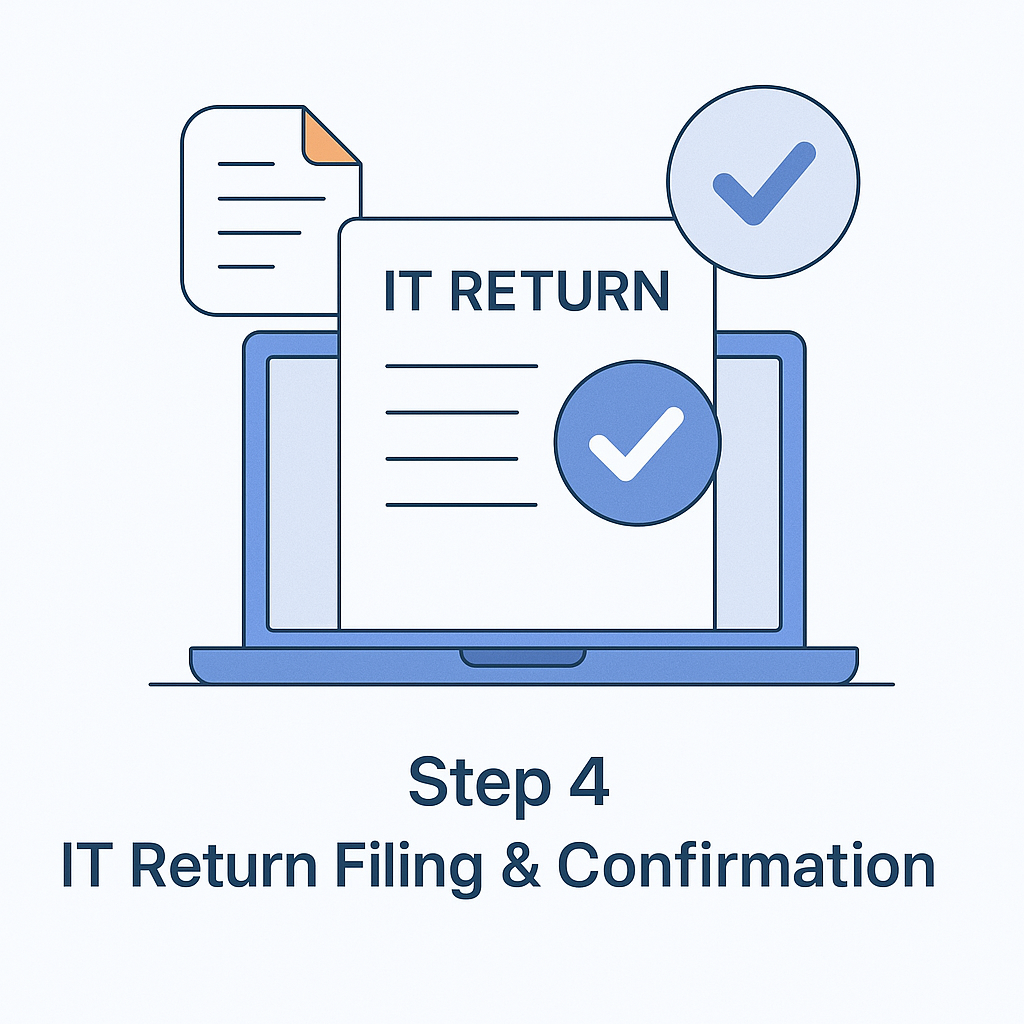
Customs Duty and its Various Types and Role in India
Customs Duty by definition
There are various taxes levied by the government, amongst them, Customs duty is levied on goods importing India, as well as on goods which are exported from India. It is an indirect tax. All the countries levied taxes on goods imported or exported. It helps the Government to raise revenue and at the same time protect the domestic institutions from predators. The taxes on import goods is termed as custom import or custom duty imports whereas taxes on export goods is known as the export duty or custom duty exports. The duties on custom are levied based on the value of goods, weights, dimensions and other relevant criteria.
Get the Expert Plans for Quick Tax e-filing Get Details
Customs duty in India (Custom India)
Under Customs Act, 1962, the Customs Duty in India is authorised to levy tax on export and import goods by the Government of India. They can also prohibit the import or export of goods and can impose penalty if anyone overrules the customs procedures. The Central Board of Excise and Customs (CBEC), under Department of Revenue of the Ministry of Finance, handles all the matters rellated to customs duty and duties on customes. It is an agency in India responsible for customs, Central Excise, service tax and Narcotics in India.
Irrespective of the belongingness of the goods the Customs Duty can levy tax on goods as per Section 12, of the Customs Duty Act, 1962.
Under Section 2(22), goods includes the following
- Stores
- Vessels, aircraft, and vehicles
- Baggage
- Currency and negotiable instruments
- Other moveable property

Types of Customs Duties in India
Under the Second Schedule, the Customes Duty is not levied on all the products imported/exported. For instance – tax is not levied on life-saving drugs or equipment, food grains or fertilizers.
Depending on the purpose and value of the goods Customs Duty is divided as follows
Basics customs duty: Basic customs duty is a duty which is imposed on the goods importing India. It may be at the standard rate or at the preferential rate. All goods importing India are chargeable to Basic Customs Duty under the Customs Act, 1962, and they are known as customs import. The rates of this duty are indicated in the first schedule of the Customs Tariff Act, 1975.
Countervailing duty (CVD): A duty equivalent to the amount of subsidy granted by the government is imposed on such subsidized good which is known as countervailing duty. These duties are also known as anti-subsidy duties. They are imposed to neutralize the negative effect of subsidies, as goods can be imported and exported at a price lower than the original price based on the subsidy given by the government.
Additional customs duty: Additional customs duty is a duty which is levied on goods produced or manufactured in India. It’s a subset of countervailing duty and is imposed on imported goods in order to equalize imports with local taxes like service tax, VAT. This duty is leviable on the assessable value + basic customs duty. Generally, the CVD rate is 16%.
Safeguard duty: It’s a duty which is imposed to safeguard the interest of the local domestic industries so that no harm or loss is faced by the domestic producers and their productivity. It is calculated on the basis of loss suffered by the local industries.
Get the Various Provisions for Recovery of Tax in India Get Details
Anti Dumping Duty: It’s a duty which occurs when a manufacturer exports a product to another country at a price rate either below the price rate in his/her home market or below its cost of production. The Purpose of this duty is to increase the foreign share or sometimes to expose off their excess stock. In order to avoid such dumping, the Central government imposes an anti-dumping duty under section 9A of the Customs Tariff Act, 1975, if goods are sold at a value less than the normal value.
Education Cess: This duty is levied at a rate of 2% for secondary Cess and 1% for higher education cess. No cess would be levied, if the goods are fully exempted from duty or are cleared without payment of duty under the prescribed procedure.
National calamity contingent duty: National calamity contingent duty is a duty which is imposed on goods like tobacco, pan masala or any other good which is injurious to health. The rate of tax under this duty varies from 10% to 45% and different rates are applicable to different situations.
Protective duties: It is a tariff which is formulated with the aim of protecting domestic industries or domestic producers. Protective custom duty can be imposed at the rate recommended u/s 6 of the Customs Tariff Act. It is valid till the date prescribed in the notification.
Objectives of Customs Duty
The objectives of Customs Duty in India are as follows
- To conserve foreign exchange by restricting imports
- To shield the domestic industries from foreign competition that restricts the import of selected goods and services, import quotas, import licensing, and an outright import ban.
- Disallowing exports and imports of goods for achieving the policy objectives of the government.
- Balancing or controlling exports.
- Disallowing the smuggling of goods.
- It facilitates implementation of laws relating to Foreign Exchange Regulation Act (FERA), Foreign Trade Act, Conservation of Foreign Exchange, prevention of smuggling Act etc.
- To regulate foreign exchange.
- It is also concerned to improve the domestic productivity, to facilitate exports.
How to calculate Custom Duty?
An individual can calculate customs duty with the help of customs duty calculator on ICEGATE Portal. For that, you must know the CTH code of the good which you are planning to import. The CTH code can be as minimum as 2 digits or as maximum as 8 digits. After filing the column of CTH, you should fill the description box.
The Description should be less than 30 characters and then select the country of origin for anti-dumping and preferential duty, it is optional to select the country of origin. After filling all the necessary details click on the “search” button and then you will see a list of goods that match your search criteria. Select the relevant list and you will be able to access a chart with all information related to the customs duties on the desired item. This is a dynamic chart where you can enter the values to check the exact custom duty which you are liable to pay.

Custom duty rates
Duty rates in India can be Ad-Valorem (as a percentage of value) or specific (rupees per unit). It varies from 0% to 150%, with an average duty rate of around 11.90%. There are also some goods which are exempted from Customs duty like blood, body parts or body organs for medical use.
Other fiscal related to customs duties includes
- Countervailing duty (0%,6% or 12%(CIFD+LC))
- Landing charge(LC)- 1% CIF
- CESS(Education plus higher education) – 3%(Duty+ CEX(education and higher education cess) + CVD)
- Additional CVD – 4%(CIFD+LC+ CVD + CESS + CEX)
- CEX (Education and higher education cess) – 3% CVD.
Calculation of Tax Liability on Salary Get Details
File your Custom Duty Online
You can file your Customs duty online from Indian Customs Electronic Commerce/Electronic data interchange (EC/EDI) Gateway (ICEGATE). This portal allows e-filing services to the trade and cargo services and to other clients of customs development. ICEGATE offers services like shipping bill, electronic filing of Bill of Entry. From ICEGATE portal shipping and Airlines, agents can file manifests, while cargo logistics and custodians are able to interact with customs EDI for logistics and cargo related information.
Further, it also offers the following
- Document tracking
- E-payment
- Online registration for Intellectual Property Rights(IPR)
- Verification of DEPB/EPCG/DES Licenses
- IE code status
Steps for Customs duty Online Payment

Customs duties can be paid online by following the steps given below
- Step1: Open the ICEGATE e-payment portal.
- Step2: Enter import/export code. You need to enter this carefully as this is an important field
- Step3: After entering the import/export code, click on the e-payment option.
- Step4: Click the e-payment option, you will see all the unpaid challans in your name.
- Step5: Select the challan you want to pay and after that select the bank or payment method.
- Step6: Entering the details and you will be directed to a particular payment gateway.
- Step7: Make the payment and it will redirect you to ICEGATE Portal
- Step8: Click the Print option and save the payment copy.
To conclude Customs duty is an indirect tax which is levied on imported goods to protect the domestic products and its producers from foreign exploitations. It also helps to increase the revenue of the Government. You can calculate your customs duty via ICEGATE portal and check the rate of customs duty levied on every product online. In short, it is a government measure to control the import and export of goods in India.
Read More About
In the News
-
All India ITR offers free income tax filing assistance for personnel of armed forces
The Economic Times Wealth: Vikas Dahiya, founder and chief of tax compliance platform, All India ITR announced a free of cost tax returns solution for members of the Indian Armed Forces. Due to their disciplined schedules, annual tax returns become a hectic chore for servicemen. They need to repaid for their services to millions of citizens and this initiative will go a long way to alleviate the stresses in their service conditions.
18th July 2017
THE ECONOMIC TIMES
-
Now, file your tax returns with All India ITR mobile app
Gadgets Now: Technology firms are gearing up to meet tax compliance deadlines with great fervour. All India ITR, an online tax compliance firm launched its e-filing app that works on both Android and iOS.
14th June 2017
Gadgets Now
 Tax
Tax
 Income Tax
Income Tax
 Sales Tax
Sales Tax
 TDS
TDS
 GST
GST
 Service Tax
Service Tax
 VAT
VAT
 Tax Calculator
Tax Calculator













